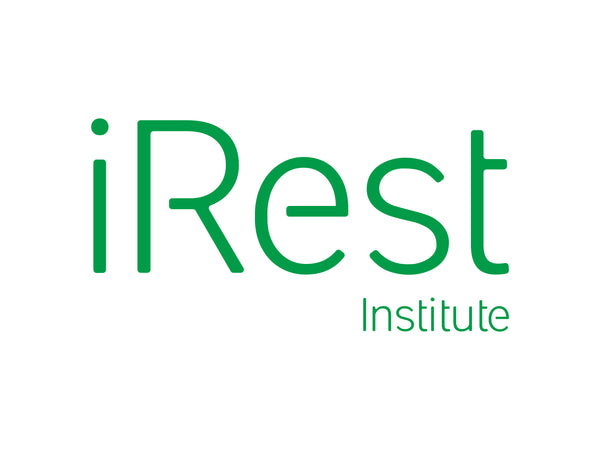
Ancient Wisdom, Modern Technology: How Cybermindz and iRest Protocol Empowers Cyber Defenders, Lessens Uncertainty
Share
Article by Bill Brenner, Cybermindz Strategic Advisor - Content and Communications
Dr. Richard Miller, founder of the iRest Institute, discusses how his Integrative Restoration (iRest) protocol can help the cybersecurity workforce build resilience, manage stress, and enhance creativity in the face of constant threats and uncertainty.
The Challenges of Cybersecurity: Stress and Uncertainty
In the fast-paced, high-stakes world of cybersecurity, professionals face:
- Constant threats: Cyber-attacks require vigilance and swift responses.
- High pressure: Tight timelines and the need for precision add mental strain.
- Emotional toll: Navigating uncertainty leads to stress and burnout.
These challenges highlight the need for tools that bolster mental health and resilience.
Introducing the iRest Protocol: A Blend of Ancient and Modern Approaches
Richard Miller, a licensed psychologist and founder of the iRest® Institute, developed the iRest protocol by blending ancient mindfulness techniques with modern psychology and neuroscience. Extensively researched and implemented in fields like healthcare and the military, the protocol is now being introduced to the cybersecurity community through a partnership with Cybermindz.
Key Features of the iRest Protocol
The iRest protocol consists of 10 steps, which can be practiced individually or as a cohesive system:
- Breath regulation: Techniques to steady and calm the mind.
- Addressing physical sensations: Connecting with the body to release tension.
- Emotion management: Cultivating resilience and inner well-being.
These practices help individuals become more efficient, widening the gap between stressful situations and emotional reactions.
Widening the Gap: A Critical Skill for Cyber Professionals
One of the core benefits of the iRest protocol is its ability to expand the space between an event and a reaction. Dr. Miller explains:
"What often happens is the emotion that gets triggered, or prior thoughts that weren’t processed, lead not to a response but a reaction. iRest helps widen that gap, enabling a thoughtful, creative response."
This ability to pause and access creativity is crucial in cybersecurity, where quick yet informed decisions can mean the difference between success and failure.

Building a Resilient Cyber Culture
Dr. Miller emphasizes that the success of the iRest protocol depends on integrating it into the organizational culture.
How to integrate iRest into the workplace:
- Modular training: Segments ranging from 4 to 12 weeks to introduce practices gradually.
- Cultural embedding: Regular practice sessions to make stress management part of the work environment.
- Collaborative focus: Building a shared language for resilience and support.
By fostering a culture that prioritizes mental well-being, teams become more cohesive and supportive, enabling better collaboration under pressure.
A Ripple Effect: Beyond the Workplace
The benefits of the iRest protocol extend beyond individual professionals:
- Stronger teams: Cyber teams can share techniques and support each other.
- Community impact: Resilient professionals positively influence their families and broader networks.
Dr. Miller describes this as a "ripple effect," where the benefits ripple outward, strengthening the cybersecurity ecosystem.
Learn More
Explore the iRest protocol and review 45+ studies demonstrating its effectiveness.
Cybersecurity professionals can now experience Dr. Richard Miller’s profoundly restorative iRest protocol through Cybermindz’s tailored programs, bringing this evidence-based approach to the industry for the first time. Learn more at Cybermindz.org.
On Feb 27th, Cybermindz launches Embracing Uncertainty, a neuroscience-backed training module designed to strengthen mental resilience and improve decision-making under pressure.
Stay tuned for details on how to access the module and build a more adaptable, resilient cybersecurity workforce.
